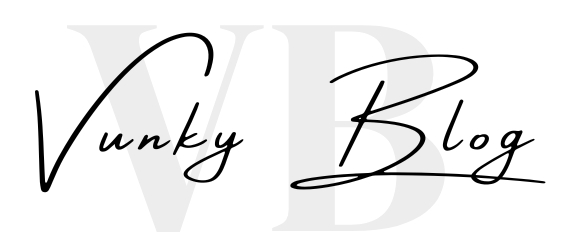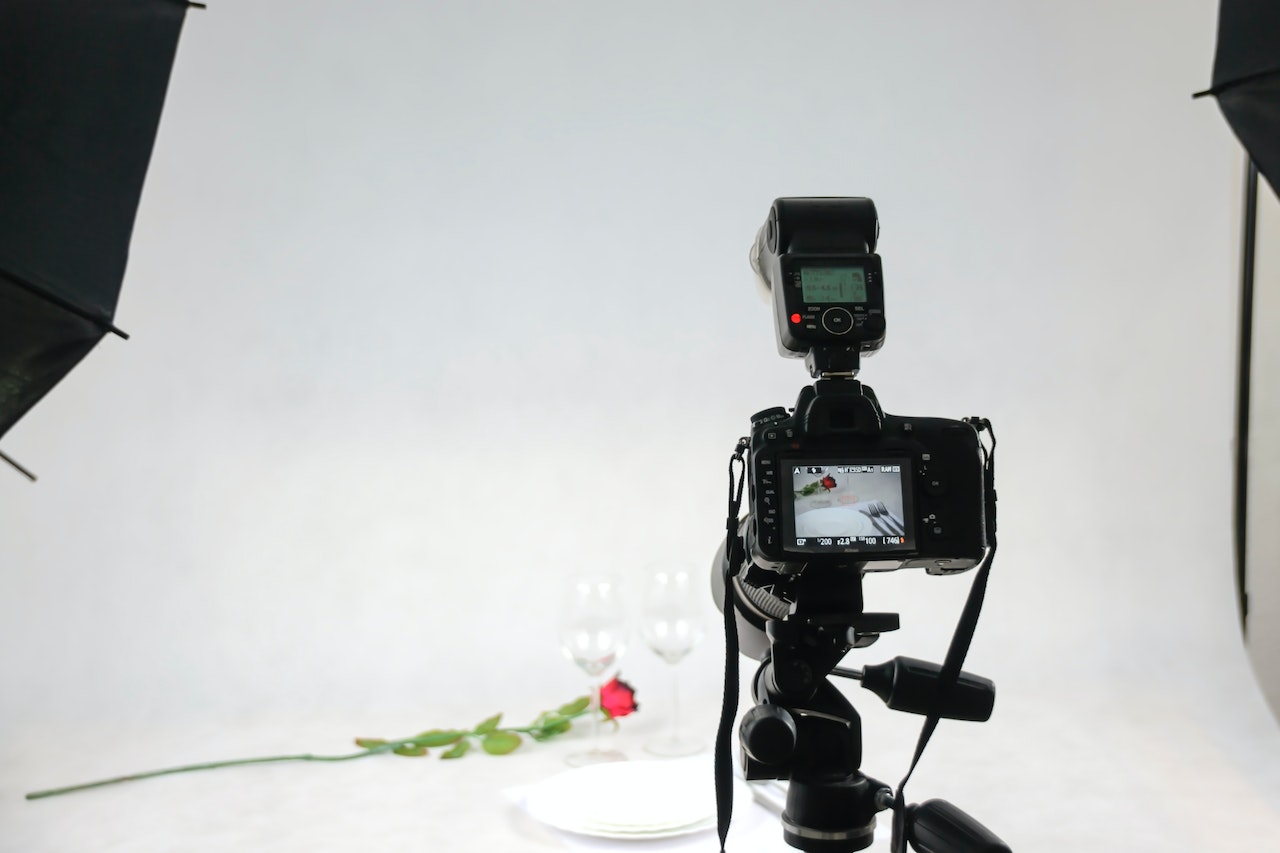We receive many inquiries about what types of pictures are required, and it must be a more straightforward question to answer! However, this guide will delve into more specifics on identifying or capturing suitable images. For now, let’s begin by discussing the technical specifications that we need you to fulfill.
Orientation
Many people overlook the importance of providing landscape pictures instead of portrait ones, but it’s the best practice. This is because websites often use images that are in a letterbox style to maximize screen width without taking up too much vertical space on the page. Landscape photos are well-suited for this format, whereas portraits leave only a small space to work with. To better understand this concept, take a look at these examples.
Observe how the landscape image’s usable area is significantly larger than the portrait photo. When submitting pictures to your design agency, aim to provide as many landscape photos as possible. Although portrait photos may have some uses, it is much easier to convert a landscape image into a portrait than the other way around.
Focus
The concept is akin to the orientation problem. Still, when substituting an image on your website, especially in a header, it’s crucial to consider the appropriate placement of the focal point. Numerous websites feature prominent headers with overlaid text. Therefore, if you intend to incorporate an image in such an area, ensure that the text won’t conceal the primary subject of the picture.
Observe how the first image complements the text, while the second appears cluttered, causing difficulty in image interpretation and text legibility.
When creating a header with left-aligned text, ensure that the main focus of the accompanying image is on the right-hand side. Remember that designers cannot simply add extra space to the left side of the image; it must be present within the image from the outset.
Size and Image Quality
Web images are all about being bigger! So the bigger the file, the better. Your agency can reduce file sizes as necessary for different devices.
It’s possible to reduce a large file, but not impossible to make it smaller. So ensure you provide high quality images and let your agency do the compression.
Style
Listening to your agency is a great way to begin selecting a style.
Picking a style just because you like it can prove counterproductive. Your designers will help you choose a style that speaks to your audience and complements the rest of the design.
The design agency can give you guidance on what photos you need. They will provide images, who should be included, and what style to choose.
Stock photos will be used as placeholders. These can be used to guide you in the type of image you should get to fill every space on the site. You don’t have to use the same photos, but you should replace like-for-like pictures with images of your warehouse.
It is best not to try to find exact stock photos but to create a Pinterest board or mood board with the images you love and share it. You can have similar stock photos sourced by your designer, which will be licensed for you.


0 Comments